Bing Cherry Tree
- June 14, 2023
- 0 comment
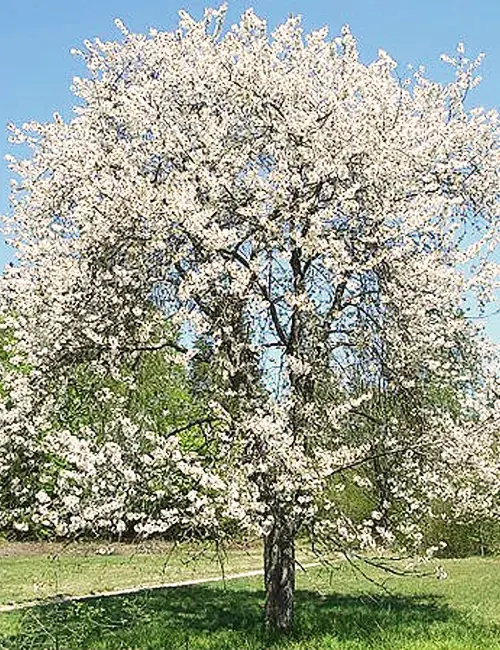
Common Name: Bing Cherry Tree
Botanical Name: Prunus avium ‘Bing’
Family: Rosaceae
Plant Type: Fruit tree
If you have a craving for delectable, juicy cherries, then the Bing Cherry tree (Prunus avium ‘Bing’) is a must-have in your garden. With its luscious fruit and elegant appearance, this tree is not only a delightful addition to your landscape but also a source of mouthwatering treats. In this article, we’ll explore the fascinating world of the Bing Cherry tree, covering everything from its common and botanical names to its care and propagation. Get ready to discover the wonders of this remarkable tree.
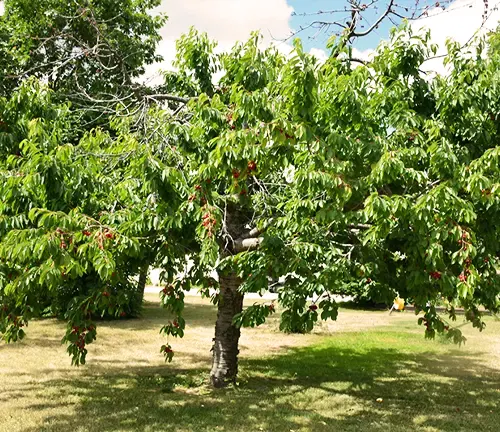
Mature Size and Growth Rate
The Bing Cherry tree is a medium to large-sized tree, reaching a height of 35 to 40 feet (10 to 12 meters) and a spread of 25 to 30 feet (7.5 to 9 meters). With a moderate growth rate, it establishes itself steadily, adding beauty and fruitfulness to your garden.
Soil Type
Bing Cherry trees prefer well-drained soil that is rich in organic matter. They thrive in loamy or sandy soil types, but can also adapt to clay soils with proper soil amendments and drainage.
Soil Preference
Bing Cherry trees prefer slightly acidic to neutral soil conditions. A pH range between 6.0 and 7.5 is ideal for optimal growth and fruit production.
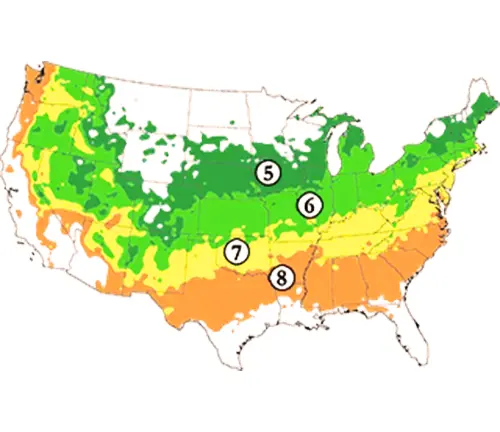
Hardiness Zones
This tree is adaptable to a range of climates. The Bing Cherry tree is hardy in USDA Hardiness Zones 5 to 8, making it suitable for most regions with mild to moderate winters.
Sun Preference
To produce abundant and flavorful fruit, the Bing Cherry tree requires full sun exposure. It needs a minimum of six hours of direct sunlight each day. So, make sure to plant it in a spot where it can bask in the sun’s rays.
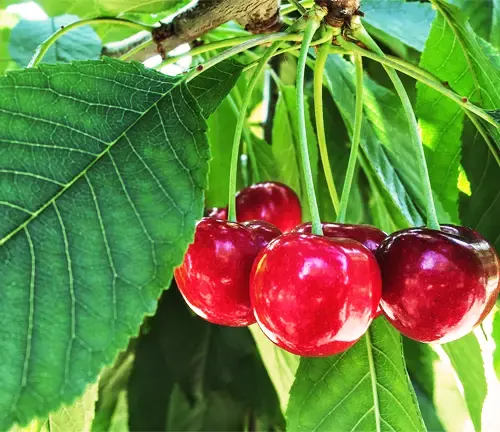
Attributes
The Bing Cherry tree is renowned for its delicious, dark-red cherries. These cherries are large, juicy, and boast a sweet flavor that is adored by many. They are perfect for enjoying fresh off the tree, incorporating into desserts, or preserving for future indulgence. Beyond its mouthwatering fruit, this tree adds aesthetic appeal to your garden. With its dense foliage, glossy leaves, and delicate white blossoms in spring, the Bing Cherry tree is a vision of natural beauty.
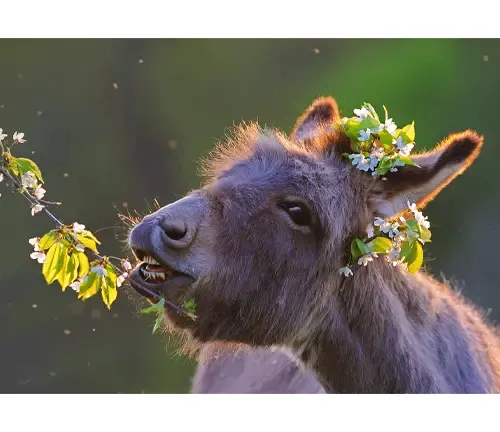
Wildlife Value
The blossoms of the Bing Cherry tree attract pollinators such as bees and butterflies, making them beneficial for the ecosystem. The cherries themselves are often enjoyed by birds, which adds another layer of wildlife interaction to your garden. By planting a Bing Cherry tree, you’re not only satisfying your own taste buds but also providing sustenance for various creatures.
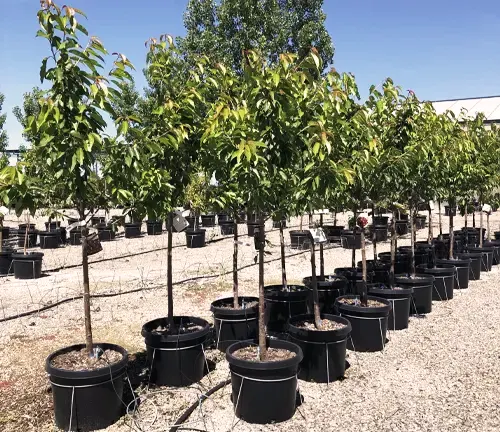
Care
Caring for your Bing Cherry tree ensures its health and productivity. Adequate irrigation, especially during dry periods and the fruit development stage, is crucial for optimal growth. Applying mulch around the base of the tree helps conserve moisture and suppress weed growth. Pruning is essential for maintaining the tree’s shape, removing dead or diseased branches, and promoting good air circulation.
Benefits
Growing a Bing Cherry tree offers numerous benefits. First and foremost, you get to enjoy the delicious bounty of cherries right in your own backyard. The satisfaction of plucking a fresh cherry from the tree and savoring its juicy sweetness is unparalleled. Additionally, the Bing Cherry tree enhances the aesthetics of your landscape with its vibrant foliage and bountiful fruit clusters. It’s a win-win situation where beauty and taste combine harmoniously.
Invasive
The Bing Cherry tree is not considered invasive. However, it’s worth noting that cherry trees can produce volunteer seedlings through self-seeding if not properly managed. Removing any unwanted seedlings as they emerge can prevent potential invasive behavior.
Lifespan
With proper care and environmental conditions, Bing Cherry trees can live for several decades. On average, their lifespan ranges from 20 to 30 years. However, with optimal growing conditions and good maintenance, some trees have been known to thrive for 40 years or more, providing you with an extended period of cherry enjoyment.
Disadvantage
One disadvantage of growing Bing Cherry trees is their susceptibility to certain pests and diseases. Common pests include cherry fruit flies and aphids, while diseases such as brown rot and powdery mildew can affect the fruit and foliage. However, with proper care, regular monitoring, and appropriate pest and disease management strategies, you can minimize these issues and ensure the health of your tree.

Edible or Not
Rest assured, the cherries produced by the Bing Cherry tree are absolutely edible! In fact, they are highly sought after for their exceptional flavor and versatility in culinary creations. Whether you want to eat them fresh, bake them into pies, or create delicious preserves, Bing cherries are a true culinary delight.
Habitat Requirements
Bing Cherry trees thrive in regions with cool to mild winters and warm summers. They require a chilling period during winter to ensure a proper fruit set. Well-drained soil, full sun exposure, and adequate spacing for air circulation are key factors for successful growth and fruit production.
Name Origin
The Bing Cherry tree gets its name from Ah Bing, a Chinese-American horticulturist who worked in Oregon in the late 19th century. Ah, Bing is credited with discovering and popularizing this exceptional cherry variety.
Fun Facts:
- Bing cherries are named after the cherry variety, not the other way around. The name has become so iconic that it’s often used to refer to sweet cherries in general.
- The Bing Cherry tree is one of the most widely grown and commercially important cherry varieties in the United States.
- Bing cherries are known for their deep, dark red color, which is associated with their high sugar content.
- In addition to their delightful taste, Bing cherries are packed with antioxidants and beneficial nutrients, making them a healthy choice for snacking.
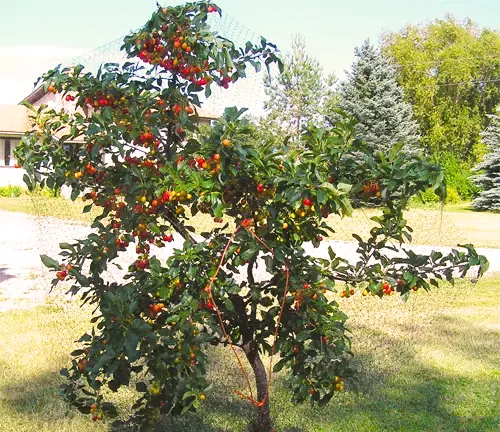
Characteristics
Bing Cherry trees exhibit a classic cherry tree appearance. They feature a rounded crown and dense foliage, with ovate leaves that turn dark green in summer. The tree’s most striking feature is its abundant clusters of deep-red cherries that hang delicately from the branches, creating a picturesque sight.
Varieties
While the Bing Cherry is the most well-known and widely cultivated variety, there are several other cherry cultivars worth exploring. Some popular varieties include the Rainier cherry (known for its yellow-red skin and sweet flavor), the Montmorency cherry (a tart cherry commonly used for pies and preserves), and the Stella cherry (a self-fertile variety with dark, sweet fruit).
Pruning
Regular pruning is essential for the health and productivity of Bing Cherry trees. Pruning during the dormant season helps maintain the desired shape, remove dead or diseased branches, and stimulate new growth. It’s important to follow proper pruning techniques to avoid excessive pruning, which can reduce fruit production.
Propagating
Bing Cherry trees are commonly propagated through budding or grafting onto rootstocks. This allows for the production of trees with desired characteristics and ensures their consistency. Professional growers often perform the propagation process, but home gardeners can also explore grafting techniques with proper guidance and practice.
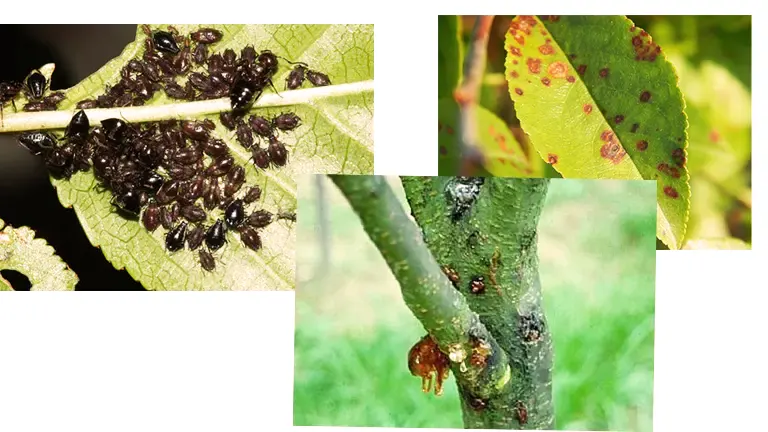
Common Pests & Diseases
Bing Cherry trees are susceptible to certain pests and diseases. Common pests include cherry fruit fly, which can damage the fruit, and aphids, which can infest the foliage. Diseases such as brown rot (caused by a fungal pathogen) and powdery mildew can also affect the cherries and leaves. Regular monitoring, practicing good sanitation, and implementing appropriate pest and disease control measures can help protect your tree from these threats.
Frequently Asked Questions:
- Q: Can I grow a Bing Cherry tree in a container?
A: Bing Cherry trees are not well-suited for container cultivation due to their size and long lifespan. They are best grown in the ground where they have space to establish a strong root system. - Q: How long does it take for a Bing Cherry tree to bear fruit?
A: Bing Cherry trees typically start bearing fruit within 3 to 4 years after planting, although the yield may vary depending on growing conditions and tree health. - Q: Do Bing Cherry trees need cross-pollination?
A: Bing Cherry trees are partially self-fertile, but cross-pollination with another compatible cherry variety can enhance fruit production. Planting a different cherry variety nearby can help ensure optimal pollination and increase the yield. - Q: When is the best time to harvest Bing cherries?
A: Bing cherries are ready for harvest when they develop their characteristic dark red color and firmness. Harvest time typically occurs in late spring to early summer, depending on your location and the specific growing conditions.
The Bing Cherry tree is a true gem in the world of fruit trees. With its succulent cherries, stunning appearance, and the joy it brings to your garden, it’s a tree that deserves a special place in your landscape. By providing the necessary care, you can enjoy the bountiful harvest and beauty of this remarkable tree for many years to come. So why not indulge in the sweetness and charm of a Bing Cherry tree?

John Carlos
Forestry AuthorThe beauty of logging isn't just about felling trees. It's about understanding nature, mastering the art of chainsaws, and respecting the environment. I believe in sharing my experiences and knowledge, ensuring that we move towards a sustainable future together.


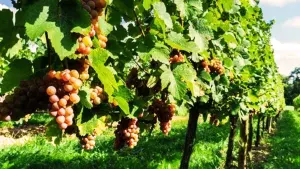




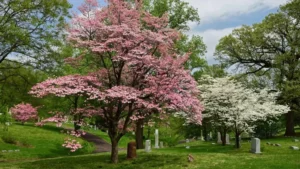
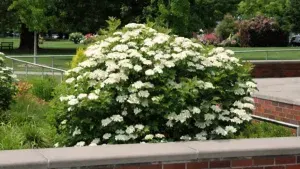

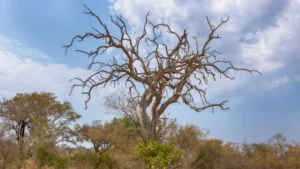

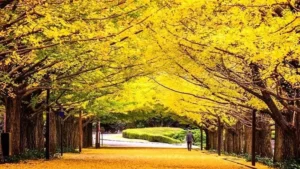
Leave your comment